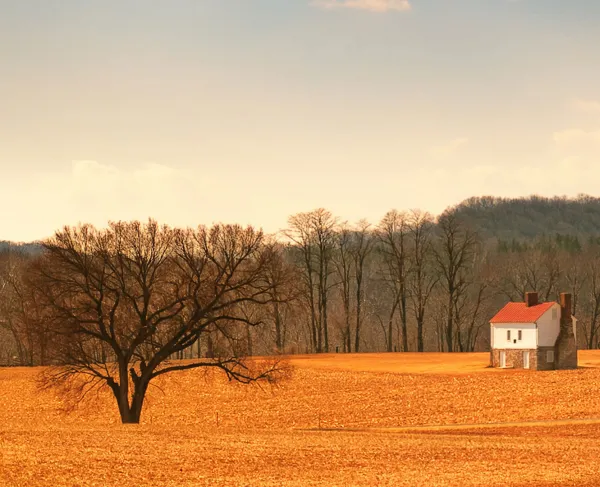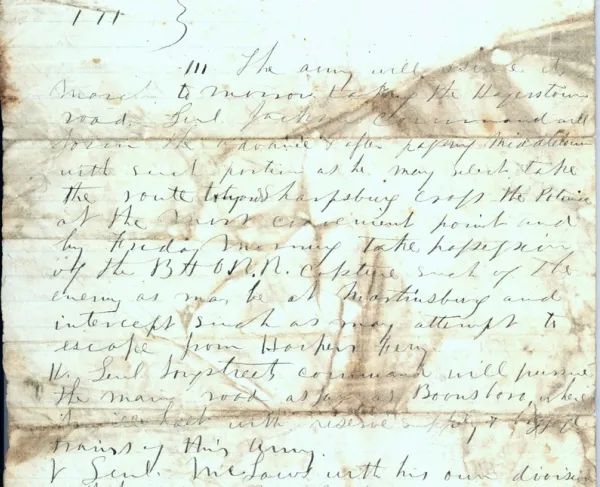Spring on the Battlefield

Welcome to the first installment of the American Battlefield Trust’s Nature of History! We’ll be highlighting all the environmental benefits of historic battlefield preservation. We hope you’ll enjoy the beauty of nature as it exists on our nation's most hallowed battlegrounds.
The American Battlefield Trust has preserved more than 50,000 acres of land associated with our country’s defining conflicts: the Revolutionary War, the War of 1812, and the Civil War. Protecting these historic landscapes not only preserves irreplaceable American history, but also helps conserve valuable ecosystems, including wildlife habitats, soils, streams and watersheds, trees, flora and fauna. As we gear up for Earth Day, Park Day and Arbor Day, in particular, we’d like to highlight some of the work the Trust has done in fostering nature.
The Trust recently planted trees on two very important properties — the Antietam and Chancellorsville battlefields. Both tree projects also sought to bring the respective properties closer to their historic wartime appearance.

The Battle of Antietam was the single bloodiest day in American history and the Trust has preserved more than 460 acres on the Antietam battlefield to date. In April of 2017, partnering with the Maryland State Highway Administration and the National Park Service, the Trust planted over 1,600 trees—about 200 trees per acre—on two properties in order to recreate the East Woods section of the battlefield.
These tree species included American Hornbeams, Hackberries, Hawthorns, Red and Sugar Maples, Scarlet and other Red Oaks, and understory trees like Redbuds, Serviceberries and Sumacs. What’s an “understory” tree you ask? The understory is made up of shade tolerant trees and shrubs growing under the canopy of other, taller trees. These varieties will provide a blaze of color in the fall, a fitting commemoration to the battle anniversary on September 17. We hope you'll visit!
The Battle of Chancellorsville was a major victory for the Confederacy in May of 1863, but resulted in the loss of General Stonewall Jackson. Much of the landscape around Chancellorsville has changed since the battle in 1863, but it is still possible to visit and appreciate this great Civil War battlefield, where the Trust has preserved more than 1,320 acres. In May of 2018, the Trust planted 200 trees on approximately one acre along the boundary of the property and a local subdivision. These trees included Eastern White Pines, Eastern Red Cedars, Loblolly Pines and some magnificent Southern Magnolias. These evergreens will provide important habitat and a buffer from post-civil war structures.
Seasonally, we’ll update you on how our preservation efforts result in protecting the natural resources on our battlefields. Battlefields are not only a place to tell our American History stories, but also the stories that live on in these battlefield park communities.
Kathy Robertson
Deputy Director, Real Estate
American Battlefield Trust


